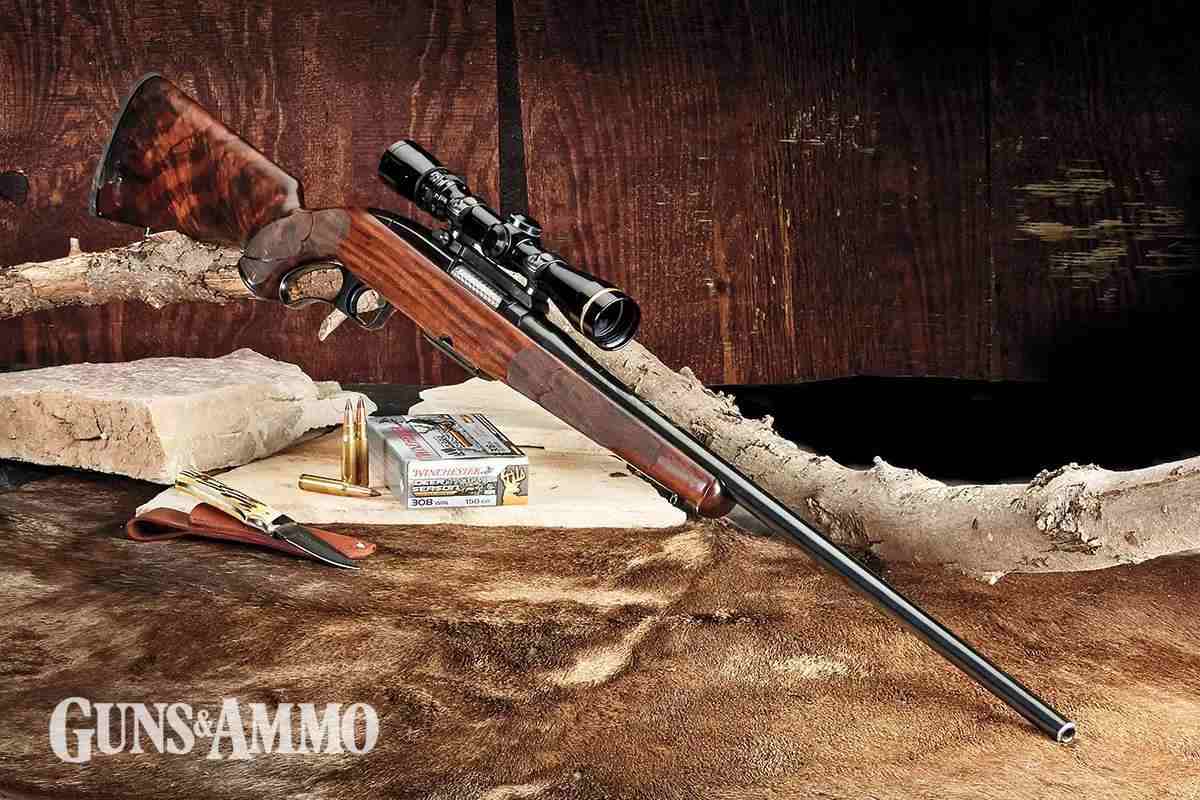Winchester is most famous for its classic top-eject, tubular-magazine lever-actions, the guns that won the West and were used by John Wayne and other actors in almost every Western movie. Most famous and familiar of all is the Winchester 1894. At some 71/2 million produced, it’s the world’s most popular and prolific sporting rifle. Funny, when I show folks my Model 88, I’m surprised by how many say, “Gee, I didn’t know Winchester made a lever-action like that.”
Introduced in 1955, the Winchester Model 88 was a radical departure from all other Winchester lever-actions with four major differences:
- Forward-locking rotating bolt;
- The detachable box magazine, which fed more aerodynamic sharp-pointed bullets, unsafe in tubular magazines;
- The solid-top receiver that allows conventional scope mounting. All Model 88s were drilled and tapped for scope mounts;
- The attractive one-piece stock, an attribute not just for looks but perhaps the greatest visual difference. One-piece stocks often allow for more consistent bedding and are considered conducive to accuracy.
Marlin and Savage were Winchester’s long-time rivals in the lever-action market. The Savage 99 and Marlin 336, both rear-locking actions, are side-eject and readily scoped. The Marlin uses a tubular magazine, and both rifles wear two-piece stocks. In the lever-action world, only the rarer SAKO Finnwolf incorporated all these features, along with the strength to house modern, high-intensity cartridges.
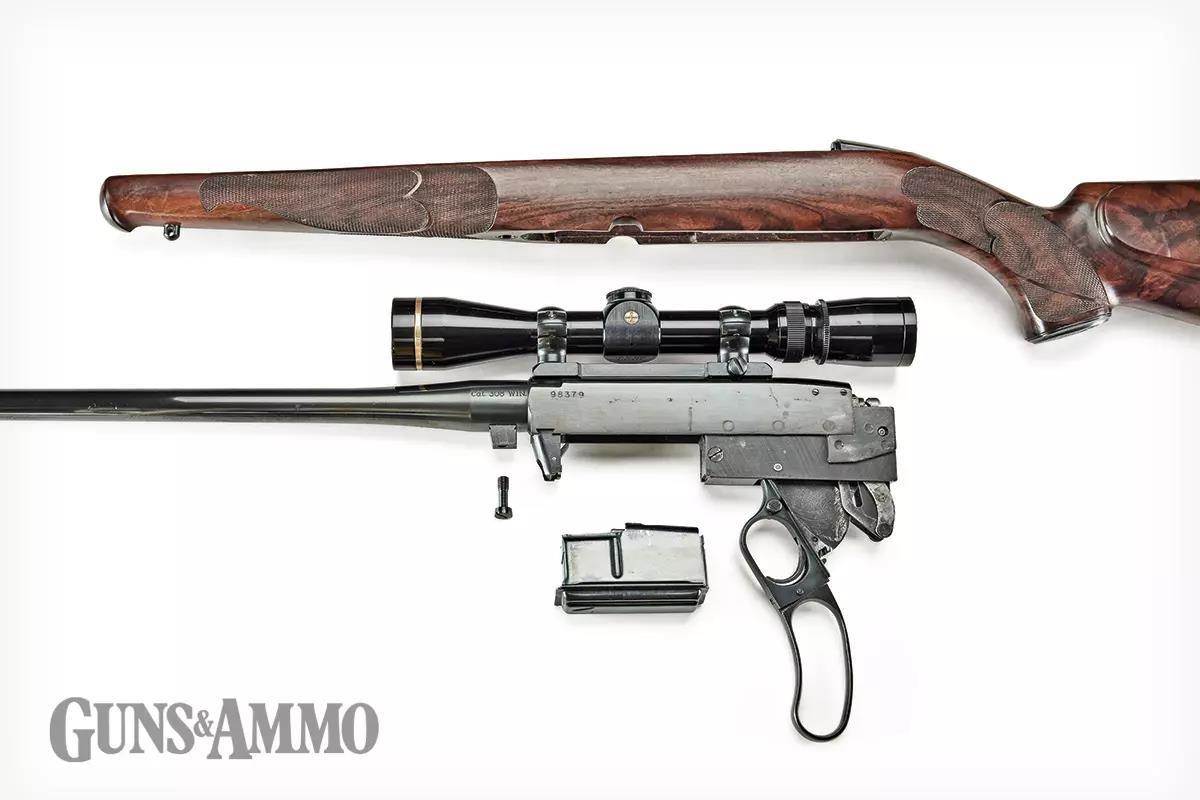
Manufactured for just 19 years, the Model 88 deserved more popularity than it attained, and should be better remembered. With 284,000 produced, it was hardly a failure. In fact, it was Winchester’s fourth most popular lever-action, following Models 1894, 1892, and 1873. Initially offered only in .308 Winchester, a year into production the brand-new .243 and .358 Win. were added, and Winchester introduced the .284 Win. in 1963, essentially offering “.270-like performance” in a lever-action rifle.
Advertisement
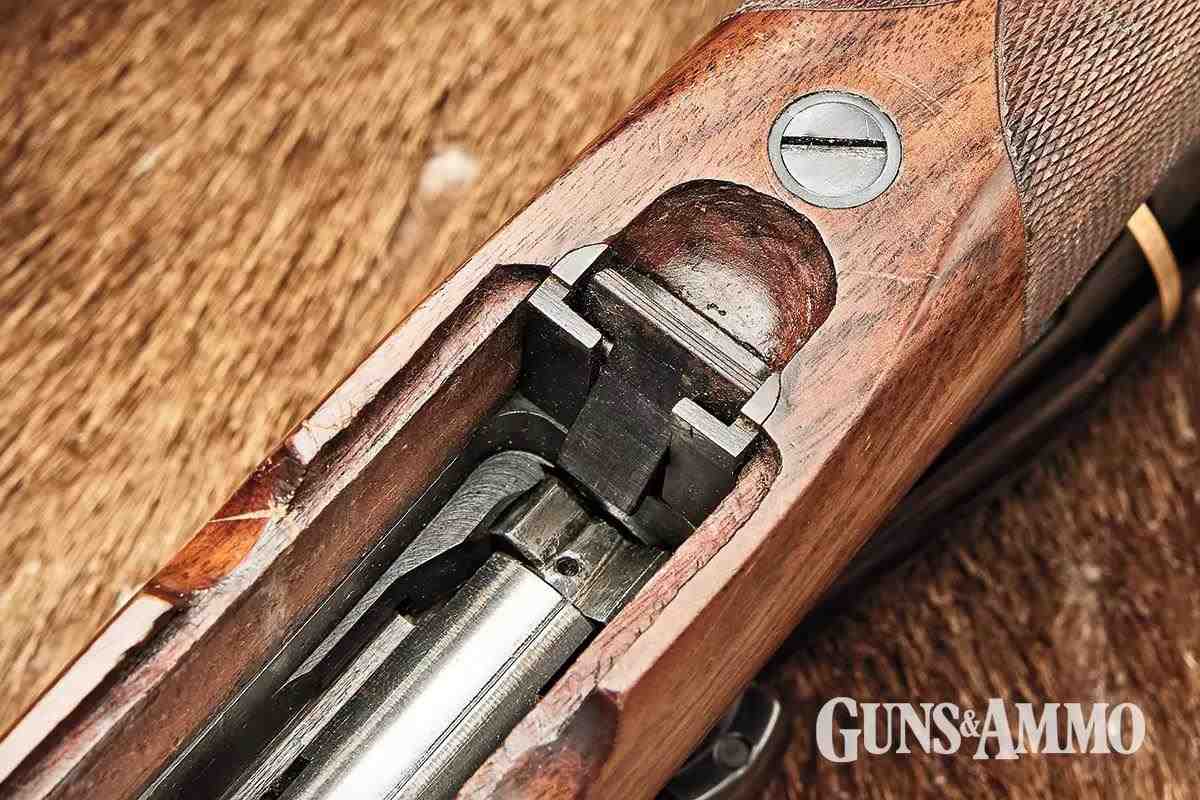
Problems & Solutions
The hard-hitting but mild-kicking .358 was dropped in 1962. The fast, fat-cased, rebated rim .284, almost certainly ahead of its time, was the least popular chambering. Even so, plenty of 88s are out there on the used-gun market and can be found in all four chamberings, and they are not frightfully expensive. Pre-’64 rifles featured better wood with excellent hand-cut checkering. To my eye, they are more attractive and command higher prices, but all M88s are strong, sound, and wonderfully fast-operating.
I have long revered the 88. In part, this is due to my left-hand affliction. Like all side-eject firearms, the 88 isn’t truly ambidextrous, but it’s equally southpaw-friendly in operation, and the crossbolt safety in front of the trigger is easily reversed from right-to-left to left-to-right.
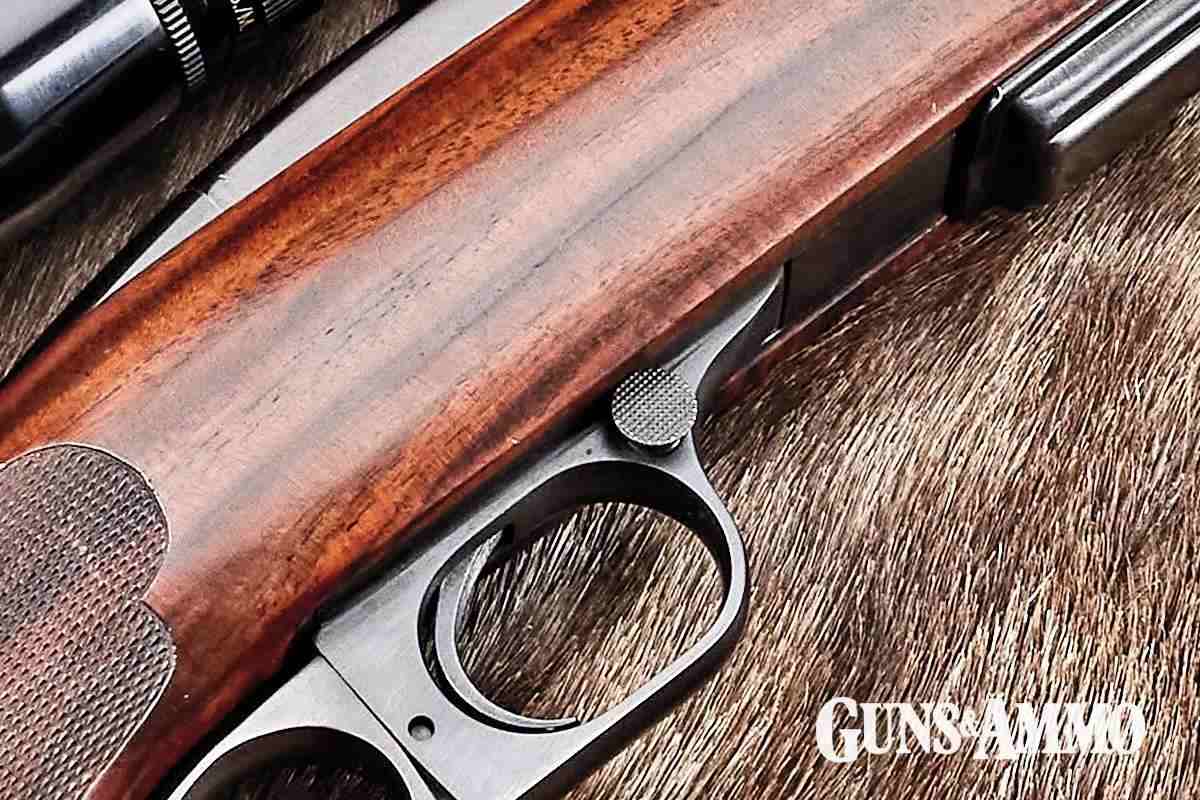
The 88 featured in this article, chambered to .308, was built by Norm Bridge, Guadalcanal veteran, and lifelong gunsmith in Paso Robles, California. Perhaps, oddly, it’s the first 88 I’ve ever owned. I’ve wanted one forever, looked at a bunch, used a few, and drooled over several, but I never took the plunge because all factory 88s had two unfortunate quirks.
Some 88s are shockingly accurate — and some are not. Usually not horrible, but tack-drivers are rare. Aside from the obvious of vintage factory barrels, which varied, the primary problem: The barrel is joined to the stock by a screw halfway between action and forend tip. This is not an uncommon arrangement, but it often impacts barrel harmonics and, to some extent, negates the potential bedding options and advantages of the one-piece stock. Second, the factory M88 trigger has an odd, “mushy” feel, not necessarily creepy, not always too heavy, but distinctly weird. Not impossible to fix, but it is difficult. Few gunsmiths have messed with 88s. I’m sure there are plenty of others scattered around, but I’ve known just two: Joe Balickie in North Carolina, long retired, and the late Norm Bridge.
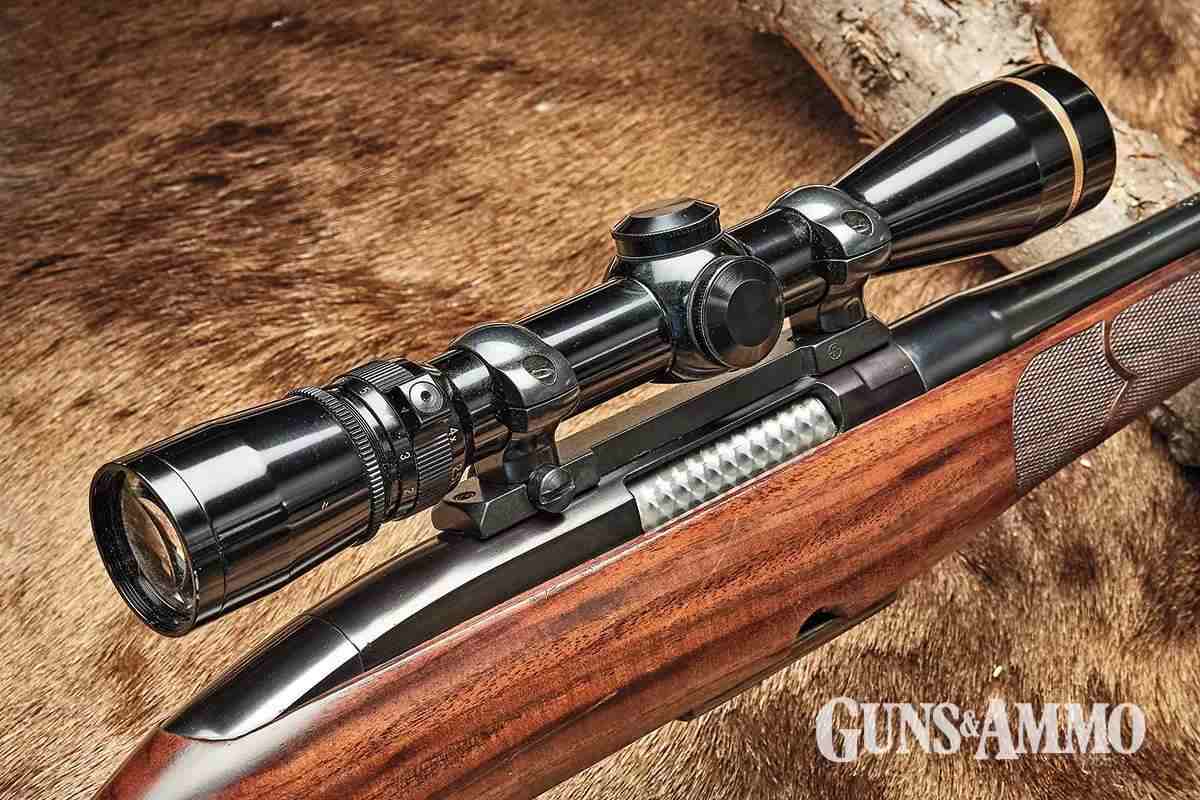
The most famous 88 is probably the late, great, gunwriter John Wootters’ gorgeous .308, his favorite whitetail rifle after his more famous full-stocked SAKO. Built by Balickie and stocked as only Balickie did, Wootters’ .308 is one of the 88s I fawned over. Balickie was still working when Wootters introduced me to him; I wish I’d commissioned an 88, but he was out of my price range. I have a left-handed Balickie rifle now — his work was amazing — but it’s not an 88.
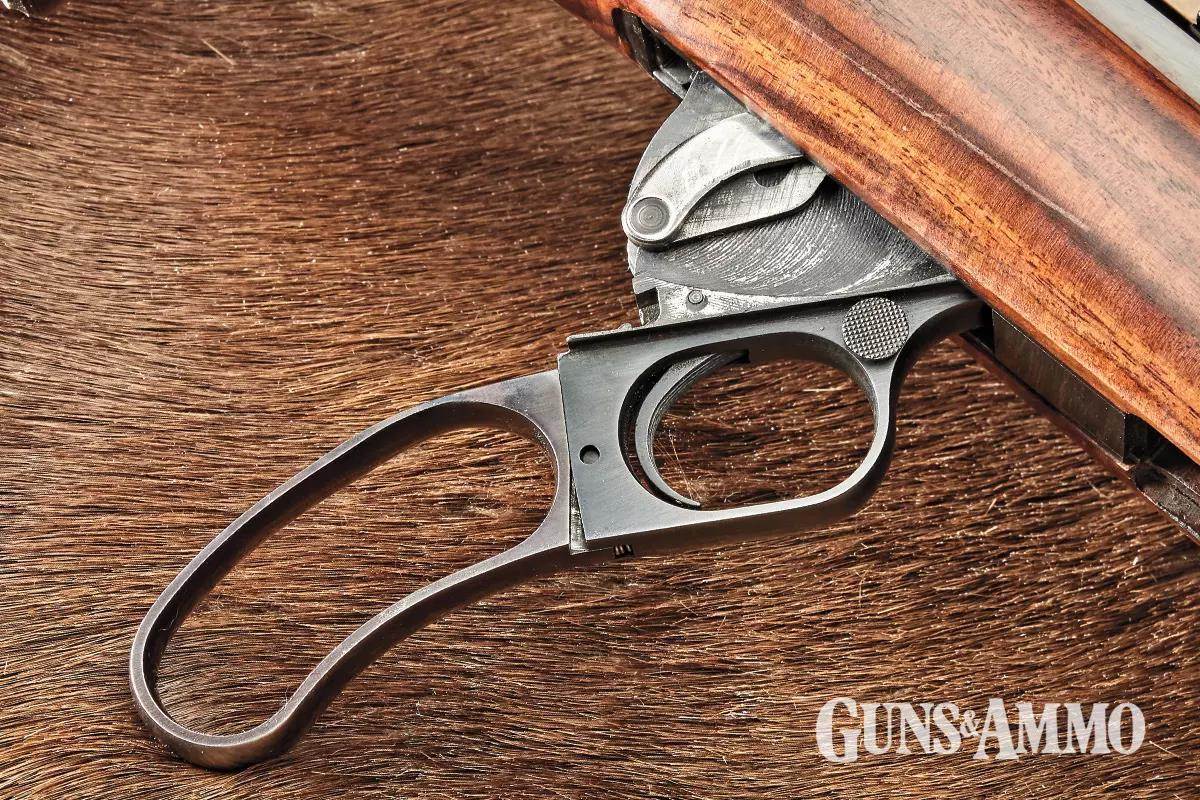
A friend had two 88s by Norm Bridge, a mismatched pair in .308 and .358. Both had plain wood, refurbished factory stocks, but Bridge had fixed the triggers and changed the forend attachment by adding a recoil lug in front of the receiver, thus enabling bedding as done in most bolt-actions. My friend wasn’t a serious hunter, so he let me borrow his 88s on several occasions. They were wonderfully accurate. Not just by lever-action standards, by any standard you wish. I used both for California hog hunts, and more. The .308 accounted for my best blacktail; the .358 for a fine Shiras moose. I even took the .358 to Africa, but neither were for sale.
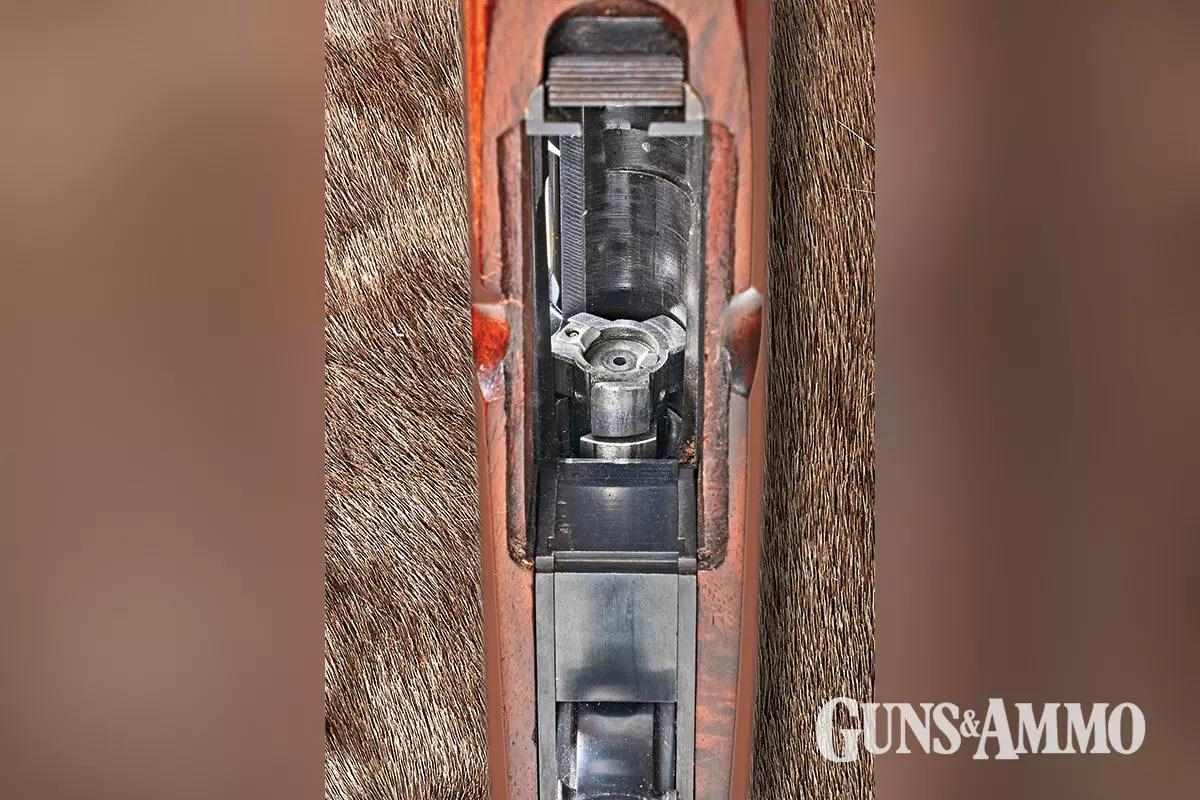
Paso is a small town and Norm Bridge became a friend and mentor, great old-time gunsmith and brilliant rifleman. I often thought about having him build me an 88, but you know how these things go. I never got around to it, and then it was too late.
An Awesome 88
Balickie did a small number of custom rifles on 88 actions. Bridge reworked quite a few for private clients, and built all the 88s marketed by the short-lived Rogue River Rifleworks in Paso Robles. Most were in .308, but several were .358. He probably did some .243s, but I’m not sure he did any .284s. However, I saw a couple of his 88s in 7mm-08. His rifles are out there, and now and then they show up on the Internet. Mine did not.
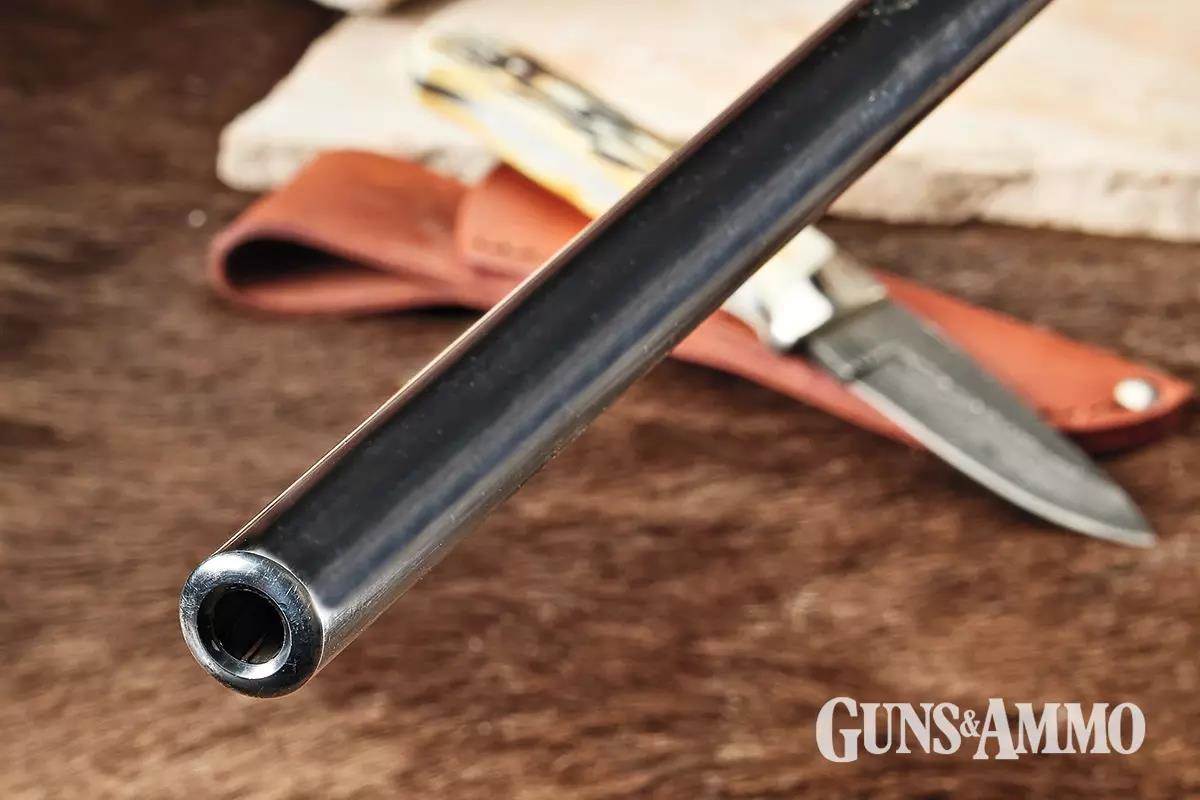
I was driving from the Kansas farm to California, and stopped in New Mexico to see my old friend Mike Ballew. Ballew was my hog-hunting mentor at the old Dye Creek Ranch in northern California, and for many years director of the NRA Whittington Center. Mostly, I wanted to catch up but he “had a couple rifles [I] might be interested in.” Good Lord, one was an as-new Rogue River 88 .308. It had beautiful dark walnut with excellent checkering. Not everyone would know it was built by Bridge, but I did, and I knew he’d used a top-grade Pac-Nor barrel. Ballew didn’t know who the rifle was built for, only that it came out of northern California. I didn’t care; I’d been kicking myself long enough for not having one of Bridge’s 88s. I bought it.
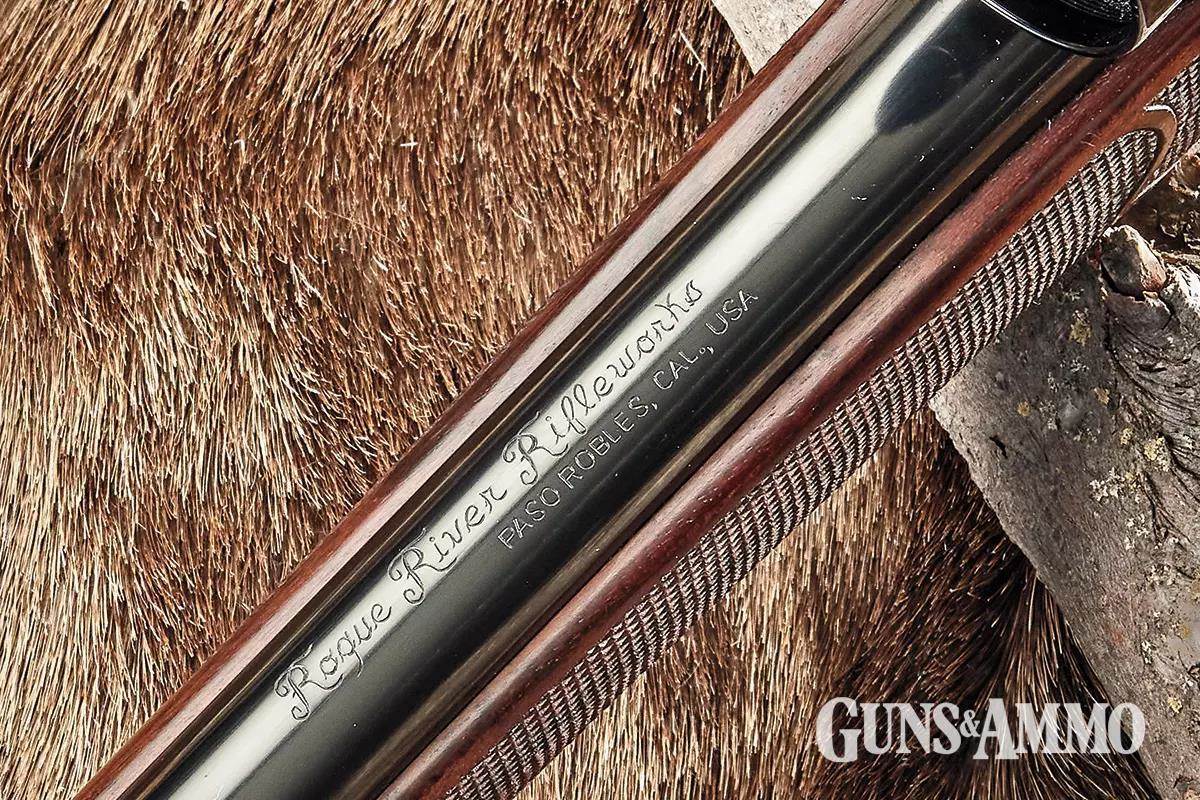
When purchasing a custom rifle built for someone else, there are two givens: First, unless it has a famous provenance, the original owner probably lost money. I don’t know and I didn’t quibble. I wanted that rifle.
Second, any custom rifle built for someone else probably has features that you or I wouldn’t specify. On this rifle, one was glaringly obvious. It had a beautifully sculpted cheekpiece on the left of the butt — for a right-handed shooter. That does me no good at all. I could easily remove it with a wood rasp — no — but, other than wasted wood, it does no harm. The butt is dead-straight, pistol grip ambidextrous. I’ll leave it alone. Heck, I haven’t even reversed the safety! I can work a right-handed safety, and our right-handed kids already have enough left-handed guns they’ll have to deal with.
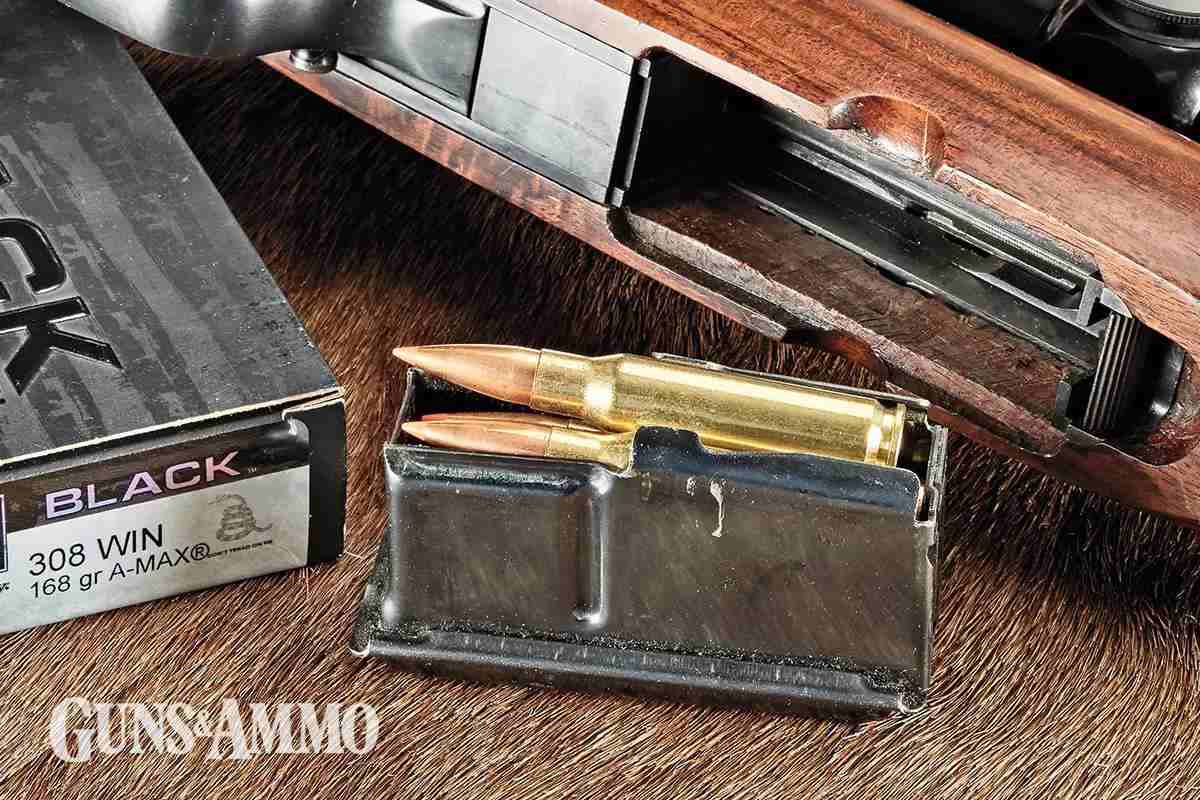
Another is less obvious: The rifle has a 24-inch barrel, longer than needed for a .308 and almost ungainly on this elegant lever-action. I could shorten it, but if a thing isn’t broken, there’s risk in trying to fix it.
As received, the rifle wears a Leupold 2.5-8X scope. It’s small and unobtrusive, of the 1990s period and appropriate for a .308, adequate for any hunting I’m likely to do with a .308. It has enough magnification for me to know how well it shoots. Otherwise, the rifle is gorgeous and handles well.

Balickie was long a leader in the American Custom Gunmakers Guild (ACGG, acgg.org). The stock on Wootters’ Balickie 88 started as a massive piece of walnut crafted by hand into a perfect stock. Bridge had one of Don Allen’s stock-duplicating machines, so he started with a rough-inletted blank. The difference is not readily apparent; fit and finish are fantastic and the 24-line-per-inch hand checkering is superb.
Just days after I got the rifle home, hunting buddy John Stucker and his girlfriend, Tiffany, were coming in for a weekend of wine tasting and hog hunting, but not in that order. I needed a right-handed rifle he could borrow, so I rummaged through my ammo. I had plenty .308, but in California all hunting must be done with unleaded bullets. I had only a partial box of Barnes Vor-Tx 150-grain all-copper tipped TSX, and that was it.
Ballew had checked the rifle and said it grouped. I believed him. So, at the range, I checked zero with something else in 150 grains. It was off a bit, so I made adjustments and shot a group with the 150-grain TSX. Three shots in a sub-MOA cluster, 1-inch high at 100 yards. I saved the rest and we were ready for piggery. I handed the rifle to Stucker with less than 10 cartridges, an unfortunately common occurrence during COVID.
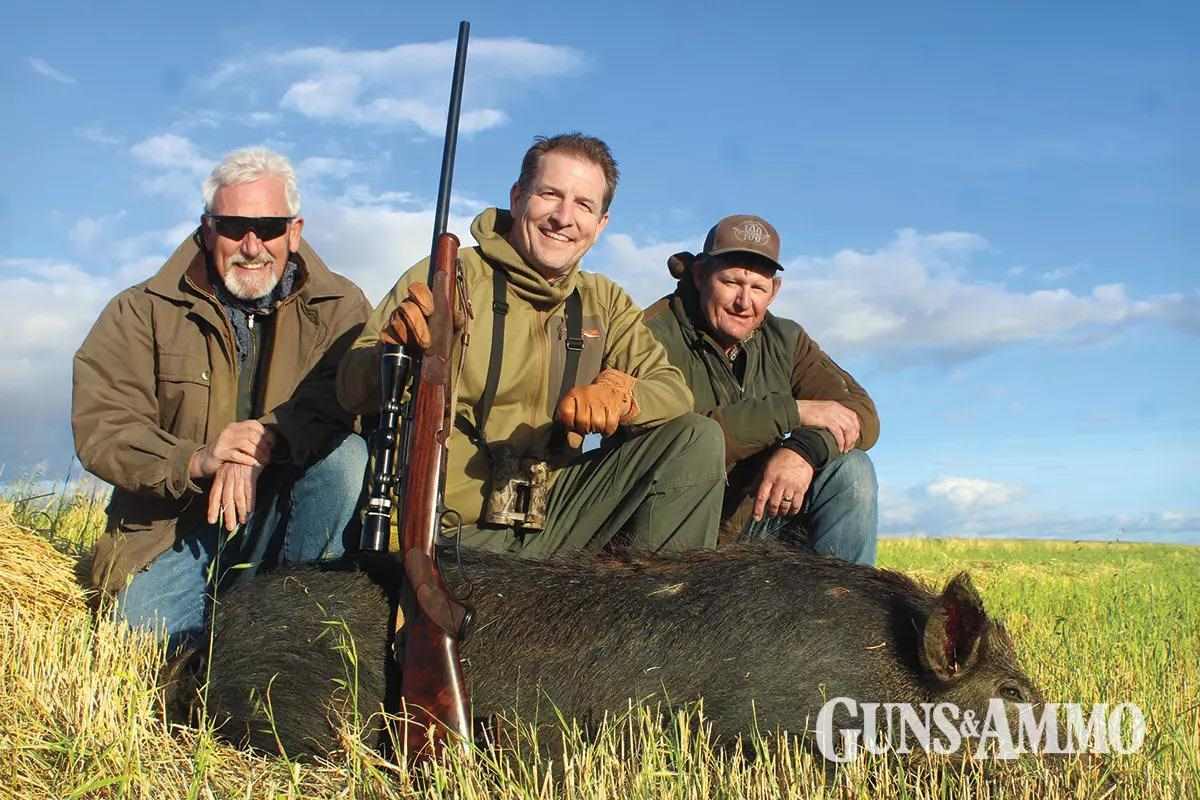
We went straight from the San Luis Obispo airport out to friend Tony Lombardo’s ranch, then immediately to the range. Stucker took a couple shots to make sure, and to understand the trigger, magazine, and safety. All was good, so I took a couple shots with my .300 Savage. Late afternoon had come, so we went pigging. An hour later, Stucker and Clint Wiebe stalked hogs in standing barley and Stucker made a brilliant facing head shot on a big, fat, tasty sow. It wasn’t the shot anyone would want to take with an unfamiliar rifle, but that’s all they could see.
Like I said, Bridge knew his business. This rifle has an amazing, clean 21/2-pound trigger. With lots of steel in the action, long barrel of medium contour, and dense wood, it’s hardly light at 91/4 pounds with scope and one-piece steel mounts. I’ve carried heavier rifles, but I’m not sure I’d carry it up a sheep mountain today. It’s not a problem for the hunting I’ll do with it, though, and it’s wonderfully stable from field positions and off the bench.
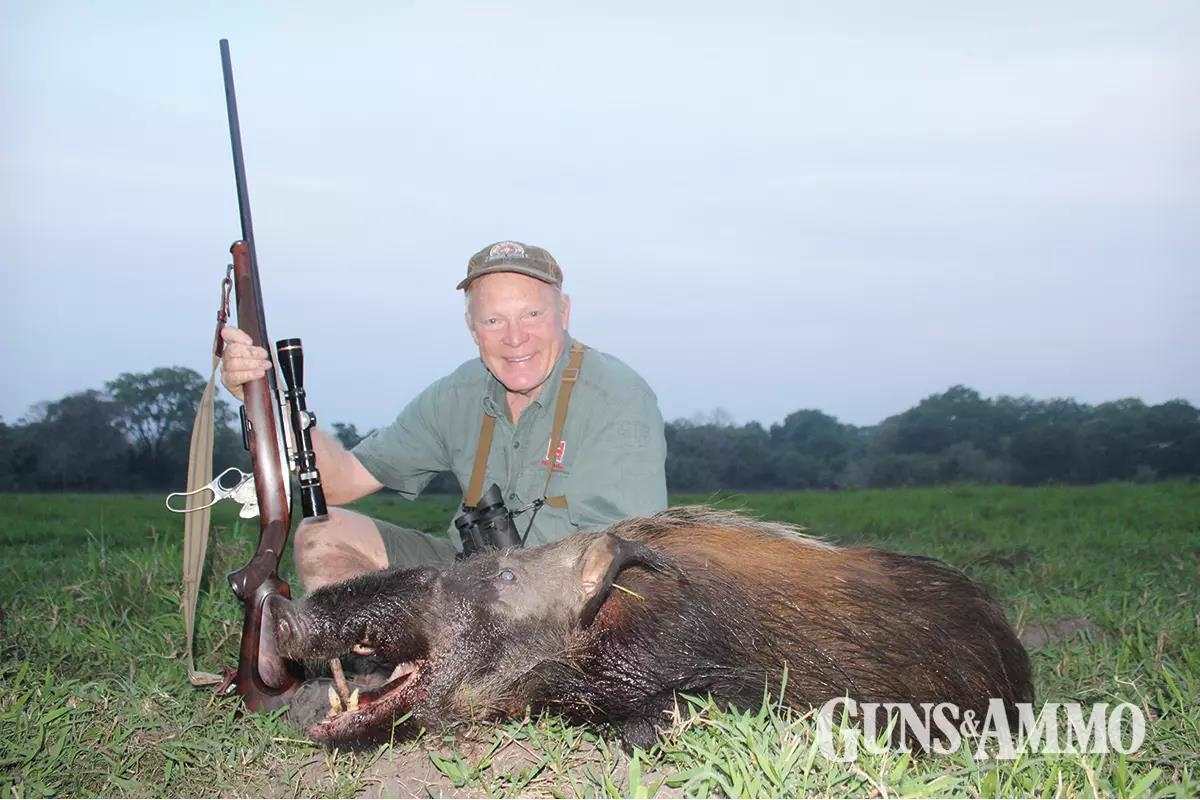
For the latter, Pac-Nor also knows what they’re doing. The versatile .308 is usually accurate, but this rifle continues to astound me. To say it’s not finicky is an understatement. It shoots tight groups with almost anything I feed it, and is half-MOA with some loads, factory and handmade. The .308 is a powerful cartridge, but with that gun weight, it’s a pussycat.
The 88 in Africa
Lever-actions don’t have a deep tradition in Africa, but they’ve been there. Winchester 92s in .44-40 were used by the British South Africa Police. Kermit and Theodore Roosevelt, and other early American hunters, including author Steward Edward White and Oklahoma lawman-turned-PH Charles Cottar, used 1895s in .405. The .30-30 in both Winchester 94s and Marlins is well known, but in recent times the all-American lever-action hasn’t been seen much.
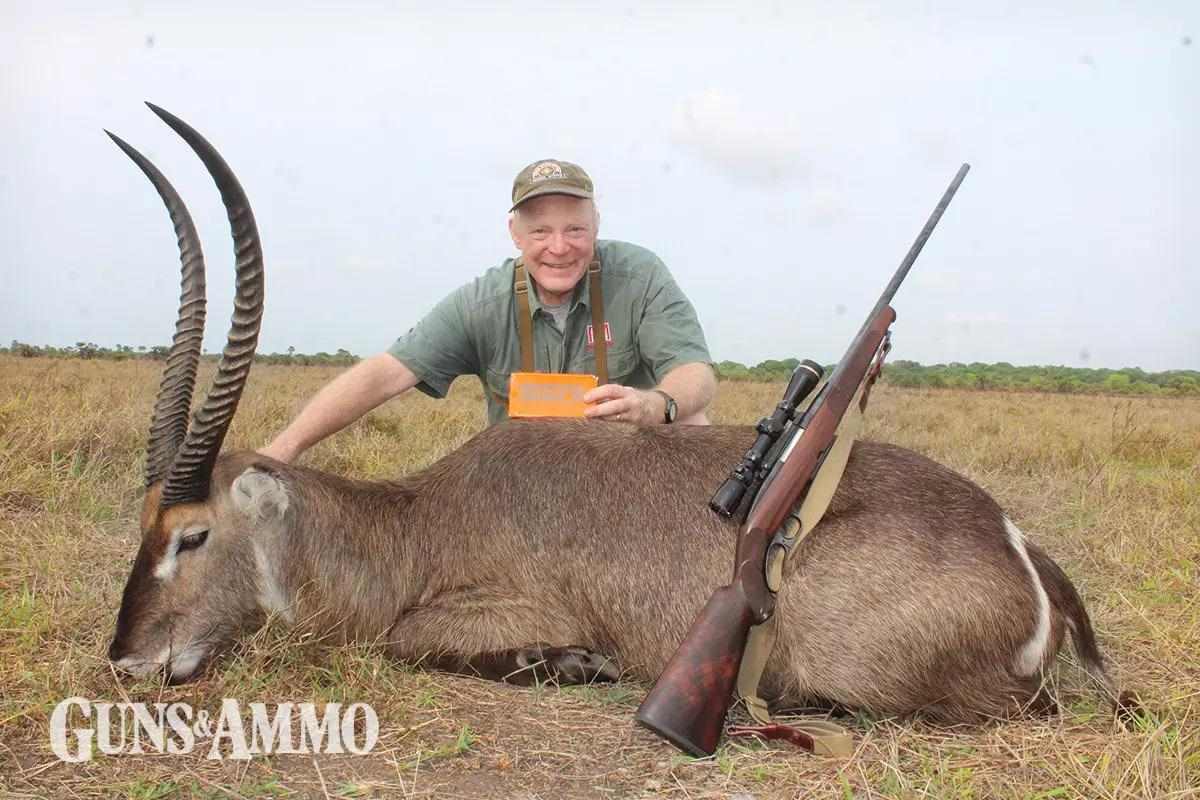
Loving my lever-actions, I’ve taken several to Africa: Savage 99, Winchester 1886 and, of course, the Winchester 88. Always, PHs gather around and want to look at this strange American contraption. The Winchester 88, chambered to versatile cartridges and readily scope-able, has significant history in Africa — if you dig for it. James Mellon, living in Nairobi in the ’70s and writing his landmark “African Hunter,” used and often mentioned his 88 in .243. Charles Askins used an 88 on safari in the late ’50s, too, as did the great PH David Ommaney. “Winchester’s Man in Africa” during the 1960s used 88s on safari as part of a marketing campaign. I took my friend’s 88 in .358 to Zambia in 1996; I didn’t use it much, but that was my fault.
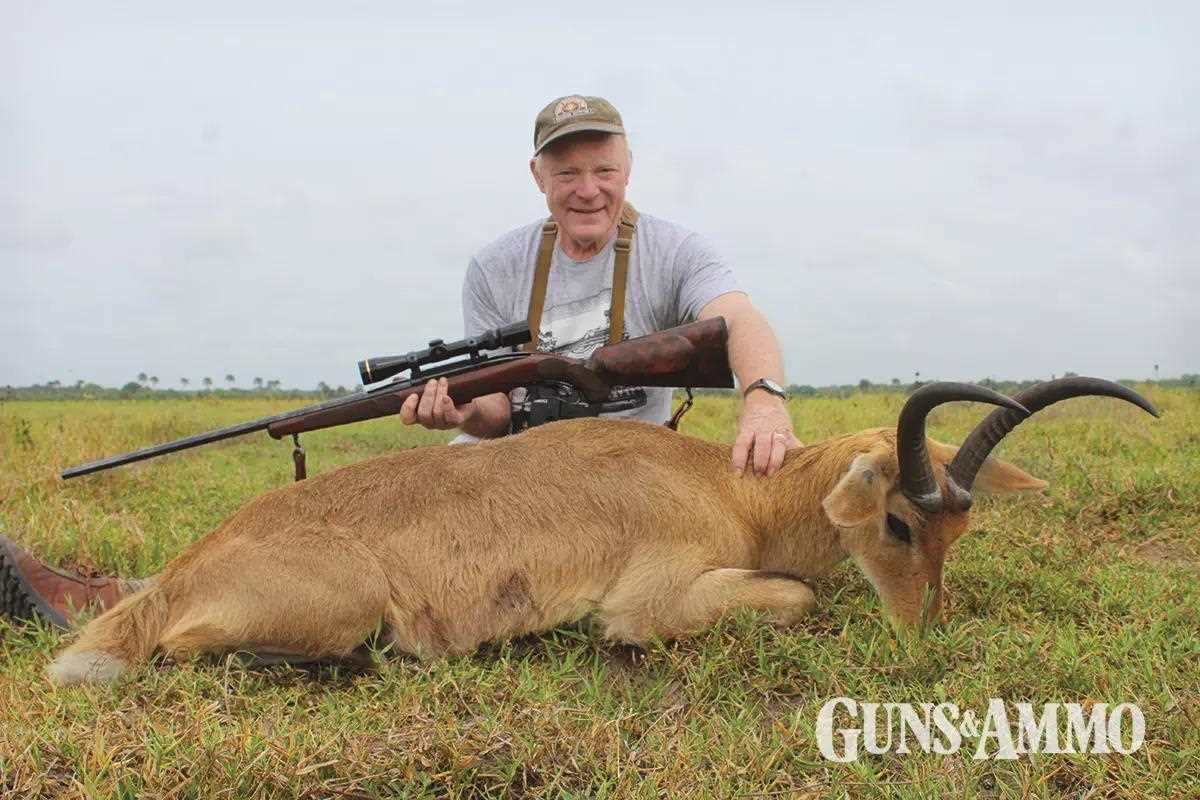
In November ’22, I took the 88 in .308 to Mozambique, and I used it — a lot. May I be honest? I’m not a .308 guy. Yeah, I know, there’s only 9-percent difference, but I’ve long been a .30-’06 guy and, in bolt-actions, I could care less about the shorter bolt throw. In the short-action 88, the lever throw is so fast, barely a flick. The trigger and finger loops are separated in one housing, so there’s no possibility of snagging.
One evening, we stalked a big bushpig boar and I could just see the top of its back over and through some grass. Inevitably, I didn’t put the crosshairs far enough into the grass and I hit a bit high. The pig ran straight toward us at speed; I hit it twice more, dumping it with the third shot. Flick, flick. I doubt we’d have lost the animal because the first shot wasn’t that far off, but those quick follow-ups wouldn’t have been possible with a bolt-action, and semiautos aren’t allowed in most African jurisdictions.
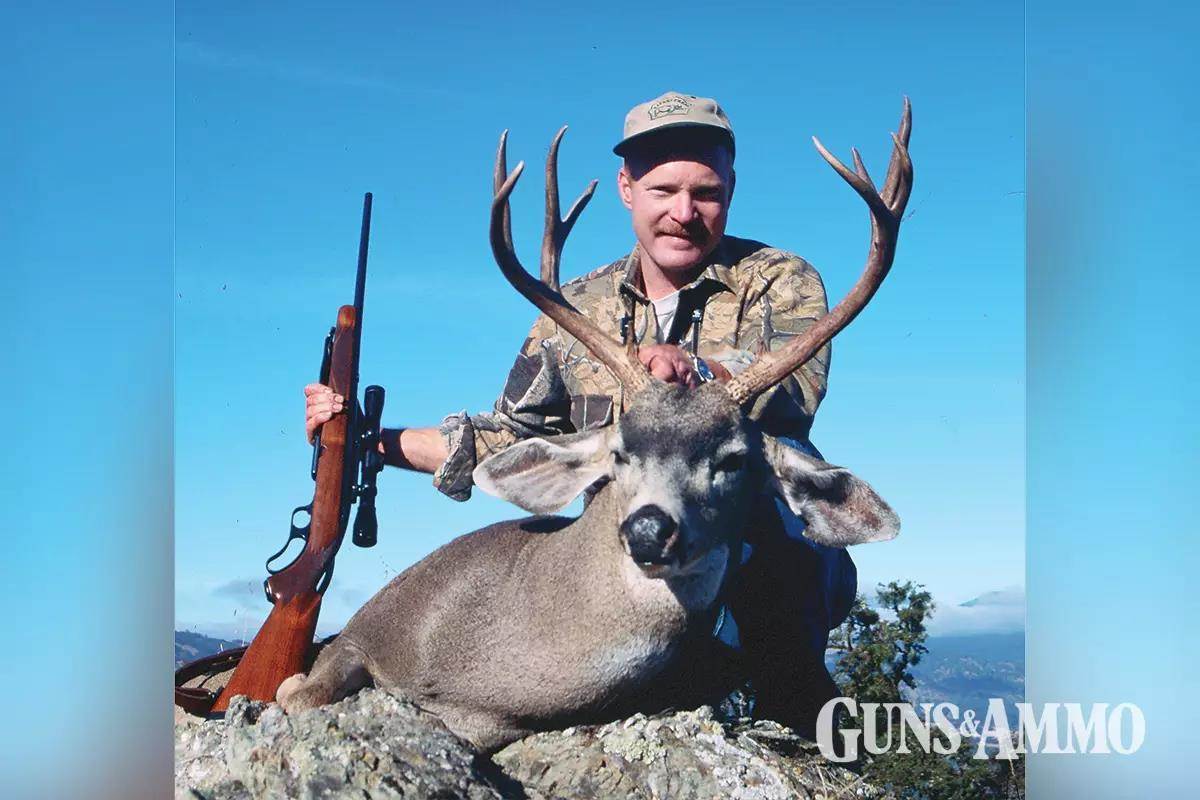
That was the only time I needed the rapid reload of the 88. Otherwise, one shot did the trick. As I said, I’m not a .308 guy, so I took a gulp when I had a 300-yard shot at a big waterbuck bull out on a floodplain. I was shooting a 150-grain tipped, all-copper bullet from Fox Cartridge’s SWCR line. Ammo received on the eve of departure, I knew little about the Triad bullet. Well, it grouped fine at the camp range — like everything else in this rifle — and had performed well on smaller game. I took a deep breath and let part of it out.
The waterbuck is not known for tenacity, but it’s a large, deep-chested, heavy-boned antelope. I had the range, thought I knew the hold and trusted the rifle. There was no cover to the horizon, and the bull was alone. Four in the magazine, one in the chamber, I was mentally prepared to work the lever and keep shooting. It wasn’t necessary. I held a bit below the backline and pressed the sweet trigger. The bull dropped to the shot.
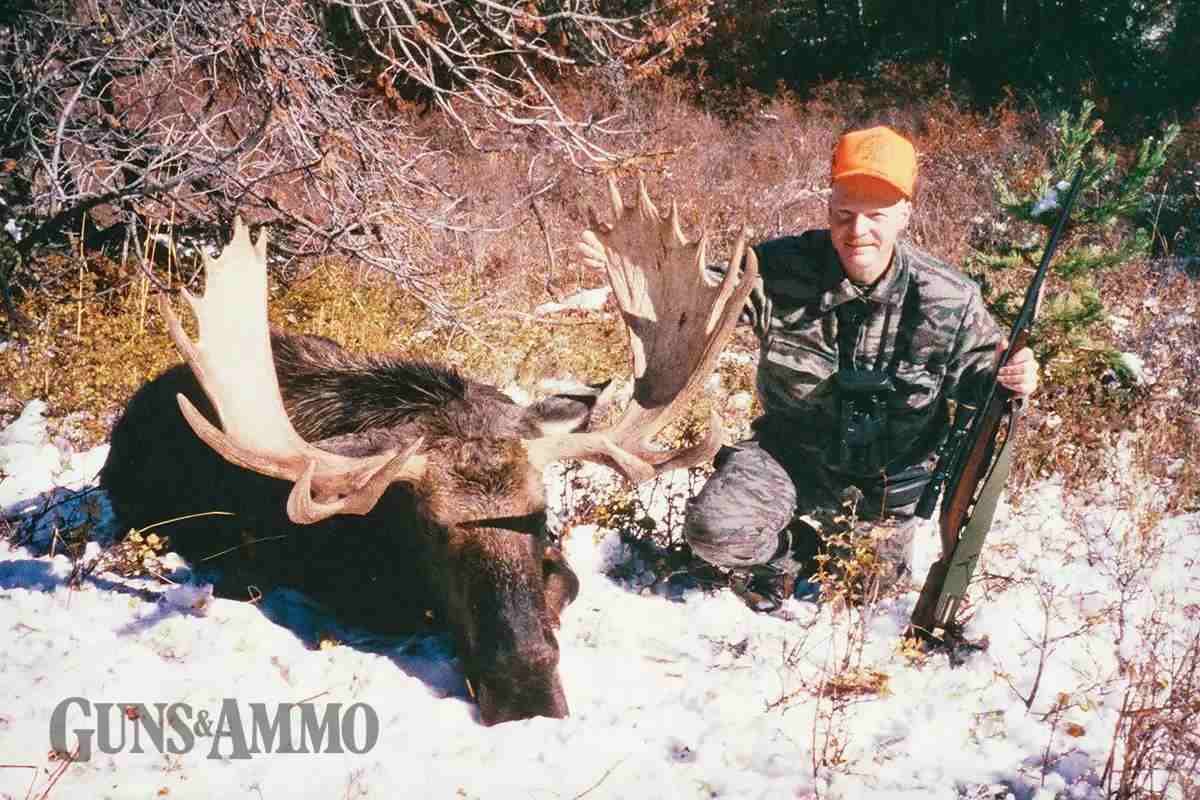
Dad did almost all of his hunting with a Model 70 Featherweight in .308, so it’s not like I’m a stranger to the cartridge. Although versatile and hard-hitting — almost a .30-’06 — it’s never been my favorite. I’m thinking, this 88 might change my tune. I intended to do some deer hunting with it last fall, but couldn’t for other commitments, but there will be other seasons. I don’t know how many times this Norm Bridge Model 88 has been sold and resold, but this time it isn’t for sale. Sort of like the U.S. Marine recruit’s mantra: “There are many like it, but this one is mine!”
Read the full article here


